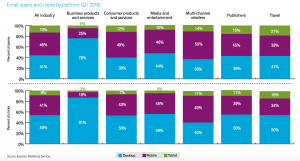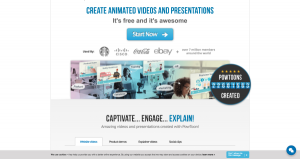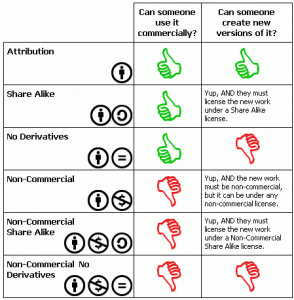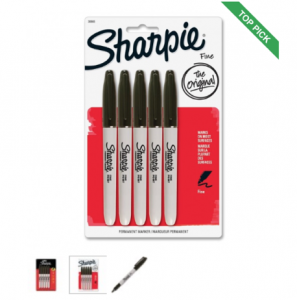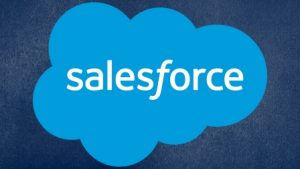Brands and tech leaders at the DPAA Summit offered a vision of more dynamic omnichannel engagement driven by data and DOOH.
Digital out-of-home (DOOH) is continuing to expand and evolve. This means marketers can use it holistically in omnichannel campaigns, due in large part to more programmatic DOOH and data from those campaigns.
“Digital out-of-home is growing successfully,” said Barry Frey, President and CEO of DOOH industry organization DPAA Global, at this week’s DPAA Summit in New York.
He pointed to a GroupM mid-year study that found DOOH growing 26% annually. The $ 13 billion global market represents 37% of all out-of-home.
“The power of out-of-home delivers data, addressability, attribution, and allows us to be a full-funnel medium,” said Frey. “Out-of-home is no longer at the very top of the marketing pyramid — we are getting consideration, activity, and showing purchases, visits, app visits, store visits, etc. With digitization, we’re also experiencing 3D, QR codes, augmented reality, virtual reality and precision addressability. All these digital features have now come to out-of-home.”
Why we care. DOOH is one of the fastest-growing ad channels because of its unique position, or positions, in a customer journey. It can provide brand exposure at the beginning of the journey, or it can nudge a customer near a store, or in-store, at point-of-purchase. The expansion of programmatic DOOH (the big story last year, but the growth continues) allows advertisers to incorporate DOOH in omnichannel campaigns. Better data allows for a holistic view that enables better measurement of the ads’ effectiveness.
Programmatic DOOH. Marketers are using programmatic DOOH in combination with video, mobile retargeting and other digital channels to drive awareness and product consideration. When customers are out in the world and see out-of-home displays, awareness grows and they take actions like checking out a website on their phones.
Programmatic DOOH can also drive increased foot traffic and sales.
DOOH demand-side platform (DSP) VIOOH teamed up with Yahoo to study the growing demand of DOOH and its effectiveness. The study found that 64% of U.S. advertisers plan to integrate programmatic DOOH in multi-channel campaigns.
“Programmatic DOOH isn’t just good for building awareness, but it’s also very good in meeting campaign performance objectives,” said JC Conti, VIOOH’s CEO. “Now, these big screens in city centers are not just used for brand awareness, but they can be used to drive response.”
A campaign in the U.K. for Danone Aptamil baby formula showed a 37% boost in sales when programmatic DOOH was combined with other channels. A campaign in Australia for Tourism Tasmania showed 31% lift in website visits. Many of those new digital visitors became physical travelers. The campaign resulted in a 51% increase in trips to Tasmania.
London-based VIOOH currently trades programmatic DOOH in 19 markets around the world. Other adtech companies like Beeyond Media are introducing programmatic DOOH products to improve targeting and reduce waste in the U.S. and throughout the Americas.
Data for DOOH publishers. AdQuick, a supply-side platform (SSP) that covers 98% of U.S. out-of-home inventory, announced a partnership with TransUnion to provide better data for OOH advertisers and suppliers.
“Performance really matters for advertisers, so any time there are silos between media planning, media buying and measurement, we believe this undermines value creation for all parties involved,” said Jason Kunkel-de Cesero, AdQuick’s vice president, demand and analytics. “Media owners, advertisers, agencies, customers, everyone loses out when our industry lacks interconnection.”
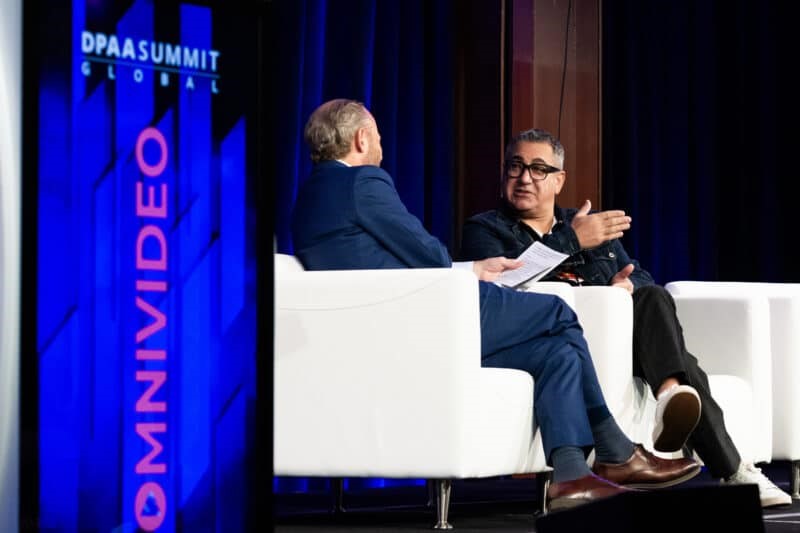
Brand data. Out-of-home advertisers expect DOOH publishers and retail media networks (RMNs) to prove campaign effectiveness with ads. Some brands are also empowered with their own first-party data.
McDonald’s has built a great store of first-party data through their loyalty program. They have 39 million active users on their MyMcDonald’s Rewards app.
“The level of data we’re playing with and are able to have to engage with our media partners to bring the power of first- and third-power data together has fundamentally changed the way we think about media,” said Tariq Hassan, McDonald’s USA’s Chief Marketing and Customer Experience Officer.
In the last month, Hassan’s team has begun the process of putting this loyalty data into the hands of the company’s 1,500 local franchisees.
“As we think about those data signals, we then think about how these apply to the media strategy,” Hassan said. “What’s happened as a result of the data is we’re now starting to have a conversation that’s less national-versus-local and around what the objectives are that we’re trying to achieve together.”
Traditionally, the vast majority of outdoor advertising was bought by franchises. These days, Hassan’s national buying is coordinating more closely with local franchisees about applying McDonald’s first-party data to an omnichannel digital strategy that includes DOOH, streaming video, display and other digital channels.
Experiential culture. Like McDonald’s, Pepsi CMO Todd Kaplan described how an iconic brand can make an impact in digital culture. The MyMcDonald’s Rewards app drives sales and gets customers to stores, a journey that can be accelerated with strategic DOOH. In the case of Pepsi, they are breaking ground in the real world with a Pepsi-themed diner that opens in New York next week for a limited time.
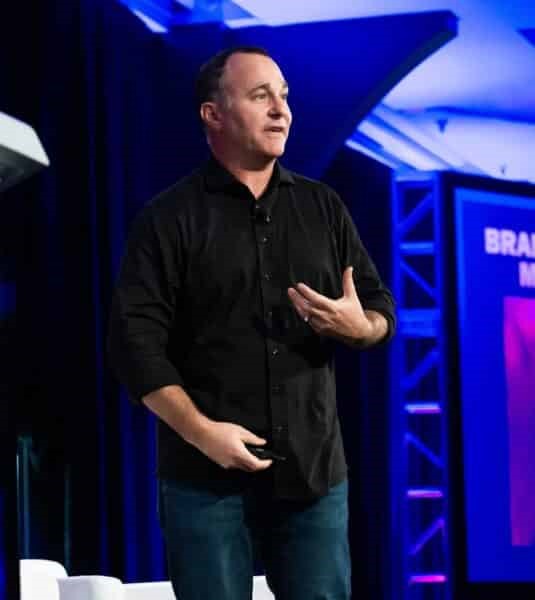
The buzz about “Pepsi 125 Diner” extends beyond the physical space and helps achieve Pepsi’s goal of reaching broader cultural recognition. Kaplan pointed out that Pepsi used out-of-home in a similarly compelling way by saturating Atlanta (home to competitor Coca-Cola) during Super Bowl LIII when the big game was held there in 2019.
Real-world experiences and out-of-home advertising gain a second life of exposure on social.
“There’s a whole secondary marketplace in how people share ideas through Instagram, Facebook feeds and all of that stuff — that’s where a lot of that happens,” said Kaplan. “It’s not that you saw it on TV. It’s oh my gosh, I’ve seen it so many times on YouTube in my feed. The hack as a marketer is how do you get into the feeds without buying an ad [on social], and pushing it in the feed organically so people want to talk about it.”
AR and out-of-home. Kira Rich, senior AR/XR product marketing manager for Google, showed how augmented reality engages users in real-life locations using DOOH as part of a multi-channel AR campaign.
This summer’s Space Invaders campaign used Google’s ARCore Geospatial API to accurately position game players and digital “invaders” with the user’s camera feed on their phone. When players put their phone up to a building in New York, they could see digital aliens climbing real buildings.
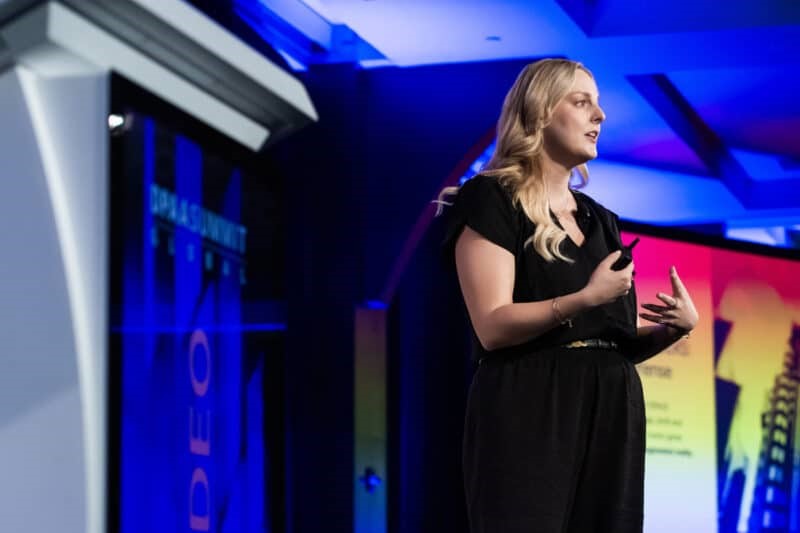
The game was promoted using DOOH in Times Square and other locations around the city. In Times Square, an updated leaderboard showed the names of top players on a DOOH screen. The API is now available in over 100 countries.
“Often marketers think of out-of-home for the moment of launch, in the specific neighborhood or radius where you want to send your message to the audience that happens to be right there in the right place,” said Rich. For this campaign, instead, Google teamed up with OUTFRONT Media to execute three extended phases before, during and after the debut of the AR game to generate additional interest and engagement.
AI and deepfake ads. AR is of course a blended environment that generates real customer engagement, usually with the help of a user’s phone. The DOOH industry is pushing back, however, when layers of reality are confused and DOOH ads are faked on social posts and other web channels. The proliferation of generative AI tools for visual design make it easier to create and disseminate these “not-quite-real ads.”
“We’ve seen, so often, lack of authenticity,” said Frey. “Certainly with ChatGPT and AI, we’ve been bombarded with fakes — creating fake articles, fake term papers, fake meetings that never really happened. And even on out-of-home advertising, people are doing fake ads.”
Frey pointed out that fake images aren’t new to digital or traditional media, and he supported genAI innovation. “AI has a great, important value — today and tomorrow.”
He added, “What we do best with out-of-home is really authenticity. And while there is a lot of fake out-of-home, for brands, for consumers, for agencies and all involved, imitation is a good form of flattery, but that’s what the fake out-of-home ads are. They’re imitations, they’re not real, and we are in real life — we’re outside, where you can’t have an echo chamber. You can’t hide in the sunlight.”
The post Pepsi, McDonald’s and the latest in digital out-of-home appeared first on MarTech.
(11)
Report Post

